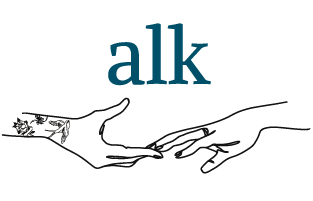
There is a lot of conversation about privilege when it comes to diversity, equity, inclusion, and accessibility at work.
We can understand how our privilege identities – such as being white, cisgender male, able-bodied, college educated, etc. – may make it easier for us to acquire power – like being a senior leader in an organization.
But, understanding our privilege and power is only the first step. It’s what we do with this that makes a difference.
As a person with privilege and power, how can you be a champion of LGBTQIA+ inclusion at work?
Set an Example
We can do a lot simply by setting and example. When we demonstrate that LGBTQIA+ inclusion is normal and mandatory, others will follow our cues. You can do this by introducing yourself with your pronouns, correcting others when they slip up on names and pronouns, and actively asking about LGBTQIA+ inclusion.
Advocate for Policy Change
Consider where you have the opportunity to advocate for policy change. You may have greater access to those who create policy and can encourage them to make changes that support the LGBTQIA+ community. This kind of advocacy can show up in the workplace, politics, and organizations you support financially or as a volunteer.
Contribute to Decision-Making
Be sure that you are actively contributing to decision-making, especially if there are not LGBTQIA+ people in the room. You can use your knowledge and influence to ensure that the community is considered in decision-making.
Hold Others Accountable
Discrimination can happen more frequently when LGBTQIA+ people aren’t in the room. If you are in that room, you can hold others accountable by correcting misgendering, calling out homophobia/transphobia, and pointing out where others might be falling short.
Invite More People to the “Table”
When you are part of important decision-making, you can advocate that a group invited more people to the table, especially if underrepresented folx are not present. Encourage diverse perspectives to be part of the decision-making process, even if that means giving up your seat at the table.
Encourage Others to Learn
Part of setting an example includes committing to continuous learning and development. Think about how you can encourage others to learn as well, so they are better informed and prepared to the support the LGBTQIA+ community.
(Re)Allocate Resources
Think about how you can allocate and reallocate resources that could support LGBTQIA+ inclusion efforts. That can include your own time, money, and other resources, or that of budgets or departments you manage.
Did that example spark some ideas for your museum or organization?
Let’s connect to make those ideas a reality! Book a Discovery Call today.


